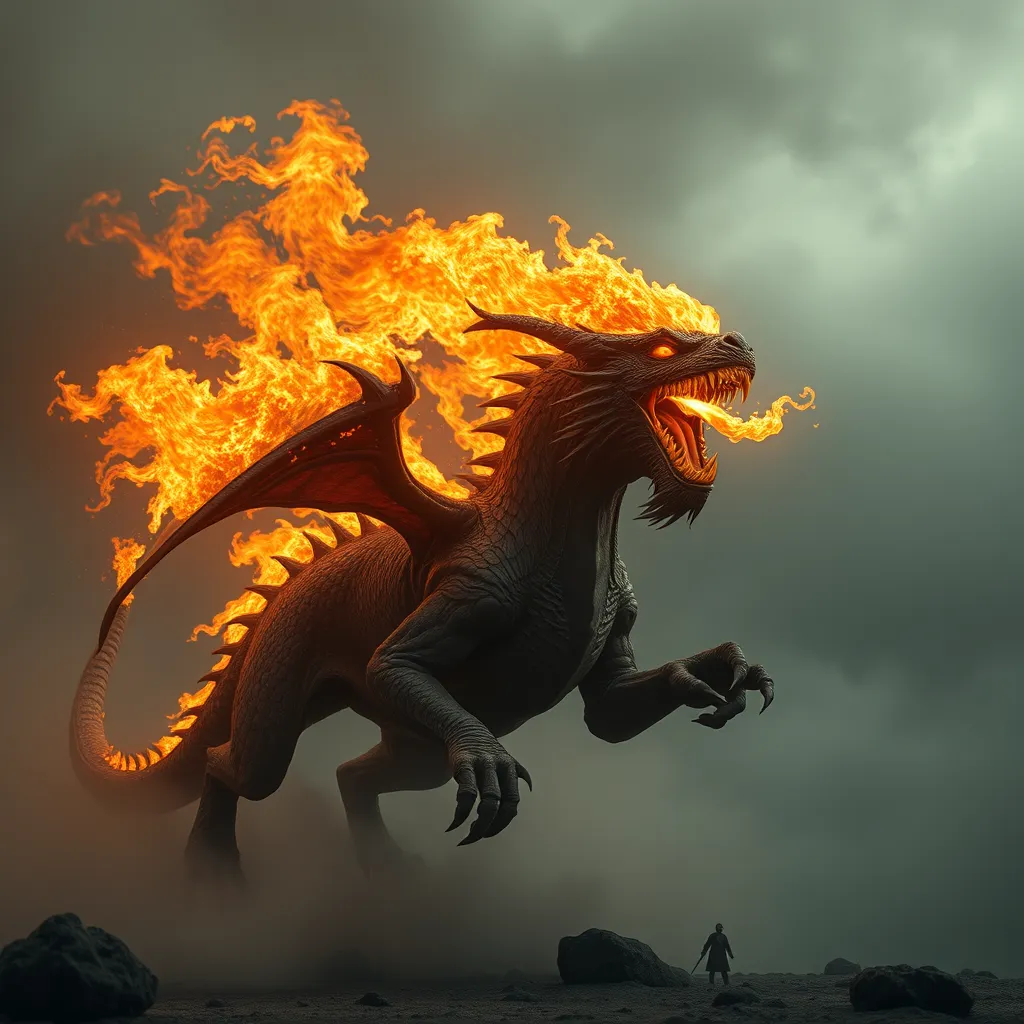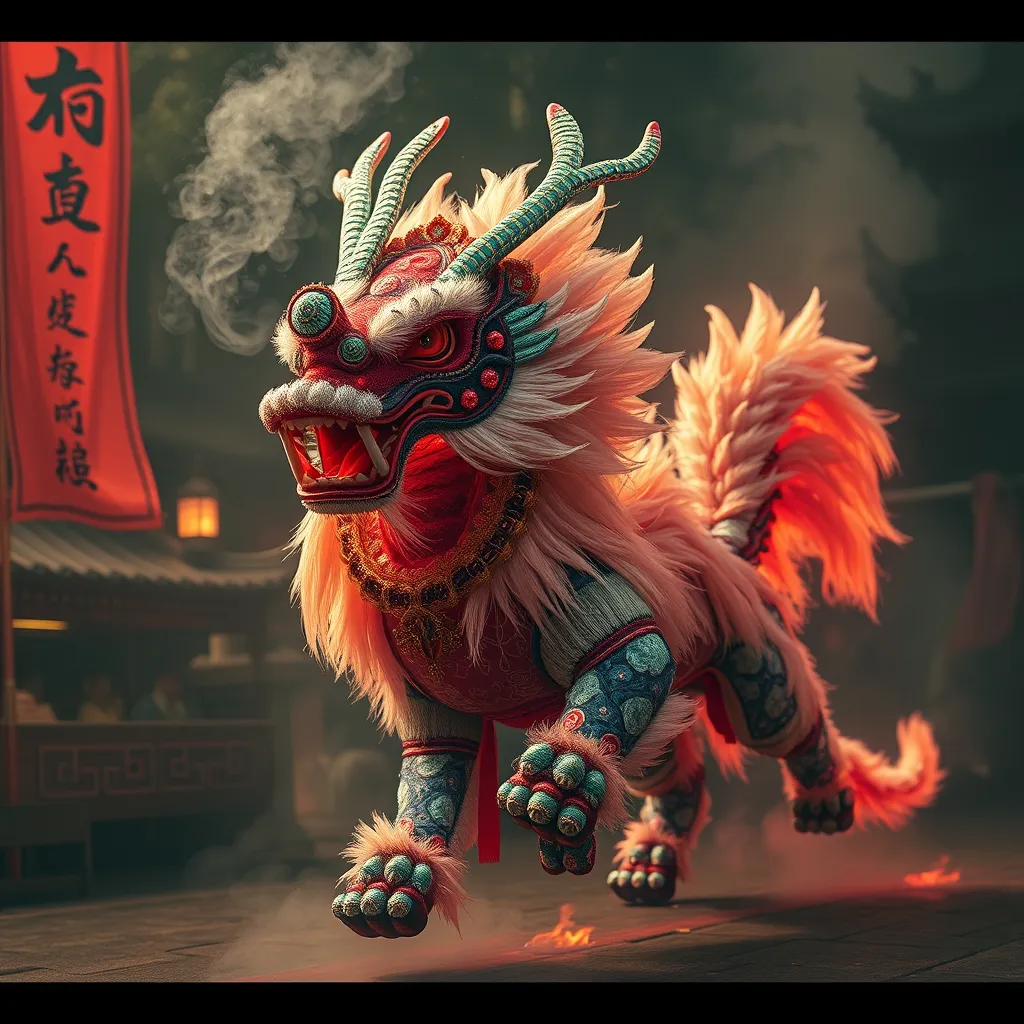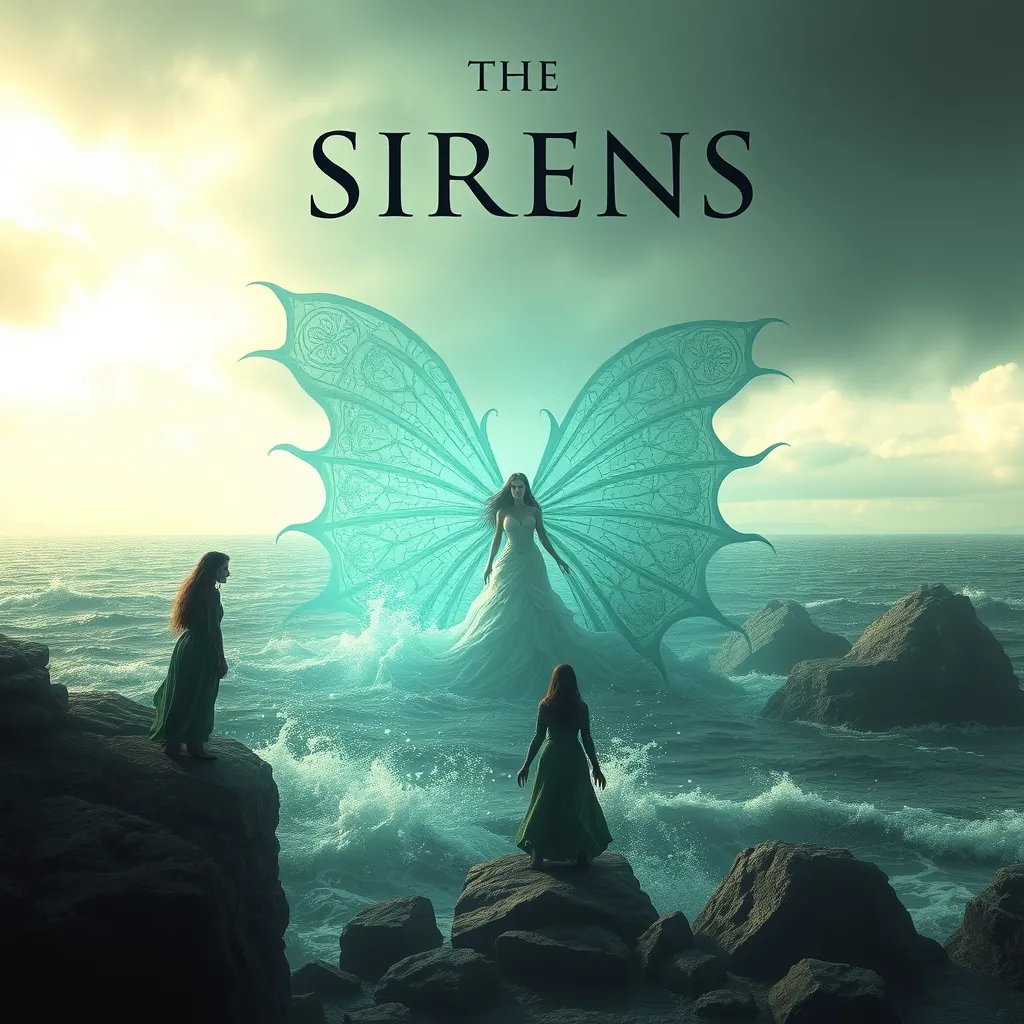The Fire-Breathing Chimera: From Homer to Modern Adaptations
I. Introduction
The Chimera, a mythical creature with the body of a lion, the head of a goat, and a tail that ends with a snake, has captivated imaginations since ancient times. As a symbol of the monstrous and the fantastical, the Chimera has transcended its origins in Greek mythology to become a fixture in modern culture.
This article explores the origins, evolution, and enduring relevance of the Chimera, examining how it has inspired countless works across literature, art, and popular culture. Through this exploration, we can appreciate the significance of this legendary creature in both ancient and contemporary contexts.
II. The Origins of the Chimera in Greek Mythology
The Chimera first appears in the works of ancient Greek authors, described as a fire-breathing monster that terrorized the land of Lycia. Its grotesque appearance and fearsome nature made it a formidable foe for heroes.
A. Description and characteristics of the Chimera
The Chimera is often depicted as a hybrid creature, combining features from various animals:
- Lion: The main body, representing strength and ferocity.
- Goat: A head emerging from its back, symbolizing unbridled chaos.
- Serpent: The tail, completing its fearsome visage with a deadly bite.
B. The Chimera’s role in Homeric epics
In Homer’s “Iliad” and “Odyssey,” the Chimera is referenced as a challenge for heroes. Bellerophon, a prominent figure, is famously known for slaying the beast with the help of the winged horse Pegasus.
C. Symbolism and meaning in ancient Greek culture
The Chimera symbolizes the unpredictable and the chaotic forces of nature. It represents the struggle between civilization and the wild, embodying the fears and challenges faced by the ancient Greeks.
III. The Chimera in Classical Literature
A. Representations in works by Hesiod and other ancient poets
Hesiod, a contemporary of Homer, also mentioned the Chimera in his works, illustrating the creature’s monstrous qualities and its role in the epic tales of heroism and valor.
B. The Chimera in the context of Greek hero myths
The Chimera often serves as an obstacle that heroes must overcome, symbolizing the trials that lead to personal growth and achievement. Its defeat by Bellerophon is a testament to human bravery in the face of insurmountable odds.
C. Artistic interpretations in ancient sculptures and pottery
Ancient Greek artists frequently depicted the Chimera in pottery and sculptures, cementing its place in the cultural imagination. These works often emphasize the creature’s terrifying aspects, capturing the fear it inspired.
IV. The Evolution of the Chimera in Medieval and Renaissance Art
A. The Chimera in medieval bestiaries
During the medieval period, the Chimera found its way into bestiaries, where it was described as a creature representing both danger and moral lessons. Its fire-breathing ability was often interpreted as a symbol of sin and destruction.
B. Renaissance depictions and their significance
In the Renaissance, artists like Giorgio Vasari and others revived classical themes, including the Chimera, using it to explore human emotions and the complexities of existence. The Chimera became a motif in artworks reflecting the duality of man.
C. The fusion of the Chimera into Christian allegory
As Christianity spread, the Chimera began to be interpreted through a Christian lens, representing the struggle between good and evil. This added a layer of depth to its symbolism, connecting it to theological themes.
V. The Chimera in Modern Literature and Film
A. Contemporary retellings in novels and short stories
Modern literature has seen a resurgence of the Chimera, appearing in various forms in fantasy and science fiction. Authors reimagine the creature, often exploring themes of identity and transformation.
B. The Chimera in popular films and television shows
The Chimera has also appeared in popular media, such as:
- Movies: Films like “Percy Jackson & the Olympians” feature the Chimera in action-packed scenes.
- TV Shows: Series such as “Once Upon a Time” incorporate the Chimera into their narrative fabric, blending mythology with modern storytelling.
C. Analysis of themes and motifs in modern adaptations
Modern adaptations often focus on the Chimera’s symbolism of inner conflict, the struggle against personal demons, and the quest for self-acceptance, resonating with contemporary audiences.
VI. The Chimera in Video Games and Pop Culture
A. Representation in video games and role-playing scenarios
Video games have embraced the Chimera as a formidable enemy or a mythical ally. Titles like “Final Fantasy” and “Monster Hunter” feature Chimeras, allowing players to engage with the creature in interactive ways.
B. The Chimera as a symbol in cosplay and fan culture
In cosplay, the Chimera serves as an inspiration for elaborate costumes, reflecting the creativity of fans who bring this mythological creature to life in conventions and events.
C. Merchandise and the Chimera’s impact on modern fandoms
The Chimera’s image can be found in various merchandise, from toys to clothing, showcasing its lasting appeal in pop culture and fandoms around the world.
VII. The Chimera’s Influence on Art and Design
A. The Chimera in modern visual arts
Contemporary artists continue to draw inspiration from the Chimera, using its mythos to explore themes of hybridity and transformation in their works, reflecting societal changes and personal experiences.
B. Impact on fashion and design trends
The Chimera has influenced fashion designers, who incorporate its imagery into collections, evoking a sense of fantasy and myth in modern attire.
C. The Chimera as a muse for contemporary artists
For many artists, the Chimera represents the intersection of fear and beauty, serving as a muse for works that challenge conventional aesthetics and provoke thought.
VIII. Conclusion
The journey of the Chimera from ancient mythology to modernity illustrates its enduring power as a symbol of chaos and complexity. As we have seen, this mythical creature has inspired countless interpretations across various art forms and continues to resonate with contemporary audiences.
Reflecting on the Chimera’s legacy, we recognize the importance of mythological creatures in our society, serving as reminders of our fears, aspirations, and the eternal struggle between order and chaos.
In conclusion, the Chimera stands as a testament to the rich tapestry of human creativity, bridging the gap between the ancient and the modern, and inviting us to explore the depths of our imagination.



